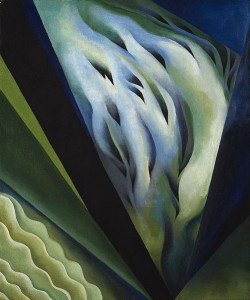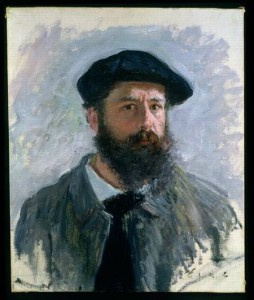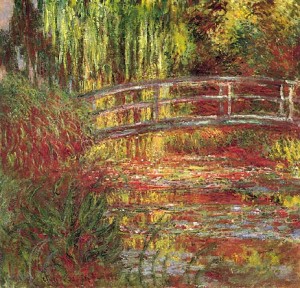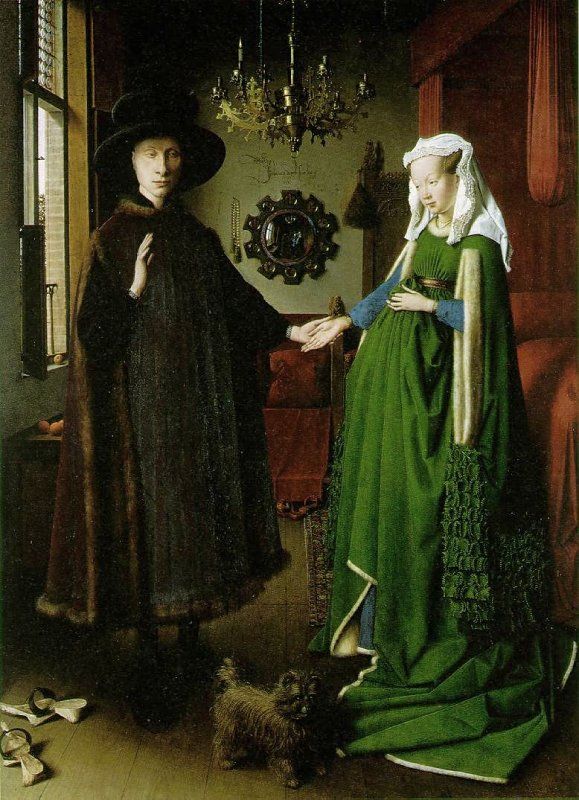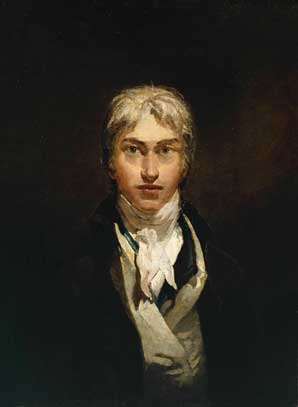
Joseph Mallord William Turner was an English romantic landscape painter from 1775 to 1851. He was a painter who painted in primarily oil and watercolor. Turner was knows as “the painter of light” and was one of the greatest masters of British watercolor landscape paintings. The movement of painting turner did was a romantic preface to impressionism and I believe it shows quite well in a number of his paintings.
Turner had an interesting early life, his father William Turner, was a barber and wig maker. His mother, Mary Marshall, was becoming increasingly mentally unstable, due to the early death of her youngest daughter Mary Ann Turner. When Joseph was 10 he went to stay with an uncle where he then expressed his interest in art. Then at the age of 14 he entered the Royal Academy of Art School and started his studies. Turner showed a keen interest in architecture, but was advised by Architect, Thomas Hardwick to continue with painting. At the age of 15 his first watercolor painting was accepted for the summer 1790 exhibition after only a year studying at the Royal Academy. Six years later, at the age of 21 he exhibited his first oil painting Fishermen at Sea and there after exhibited at the Academy every year for the rest of his life.
Turner was not famous at all during his time, because he did not paint the modern paintings of his time. Usually people painted the super realistic paintings of men or woman. So when people saw his chicken scratch looking paintings, they didn’t consider it art. Turner’s paintings didn’t become famous until the 20th century.
Turner had a unique style to his paintings; his paintings are very calm while presenting an eerie feeling to its observer. His paintings make you feel like he was painting a struggle of some kind, presenting a hardship for its objects within.
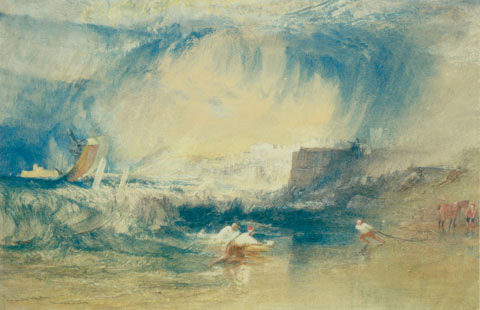
The painting I chose is called Lyme-Regis, Dorsetshire, England. The painting was painted with watercolor and for darker accents an ink pen. The painting displays a scene that to me looks like a very large storm or waves about to engulf a village of people who seem to be working on the beach, not running or concerned. As I examine it closer I guess what looks like a storm or wave could just be dark clouds not proposing a threat.
The painting influenced me in a more artistic way, being consumed by the lines curving throughout the entire painting. The colors being muted and running together create a messier look while at the same time very neat and sophisticated. The painting as a whole, though being hard to see clearly, presents the life of that time and how people lived their lives making this painting inspirational in the way the world and its people have changed.



